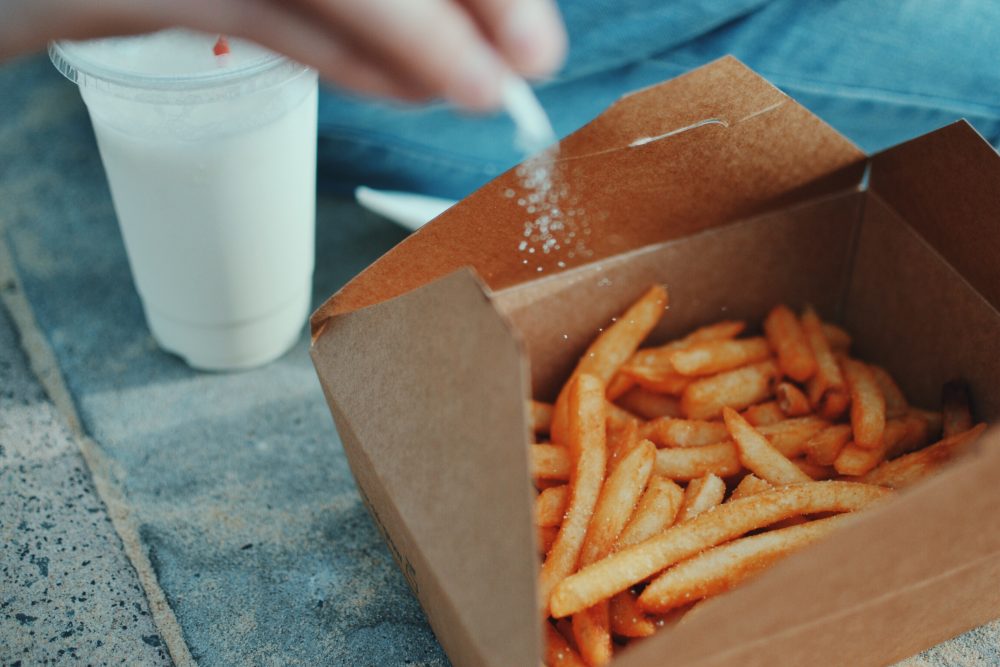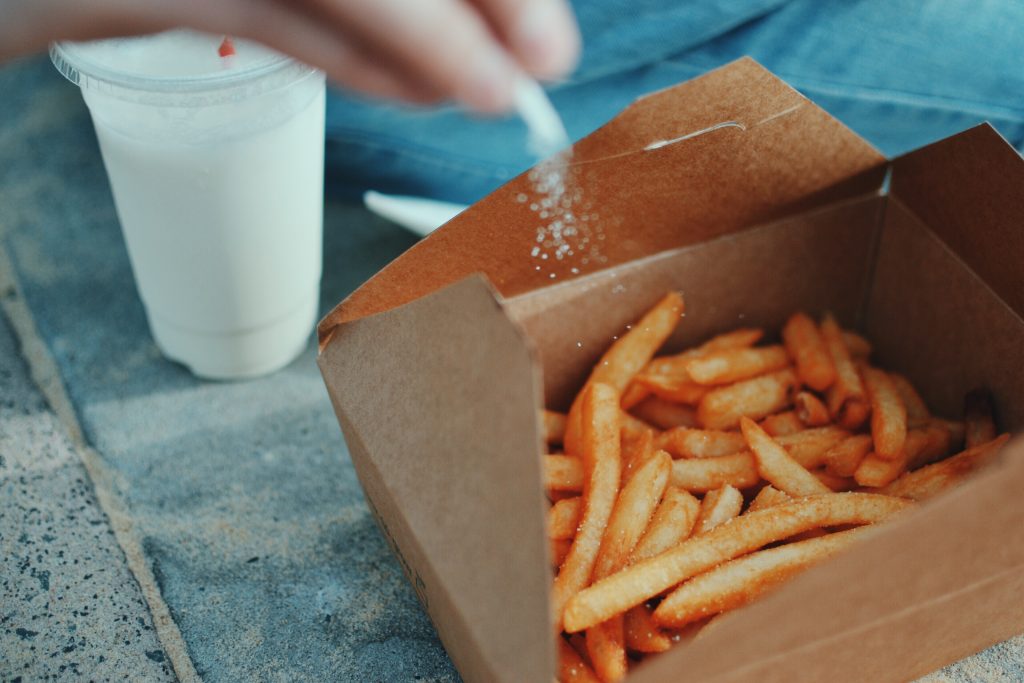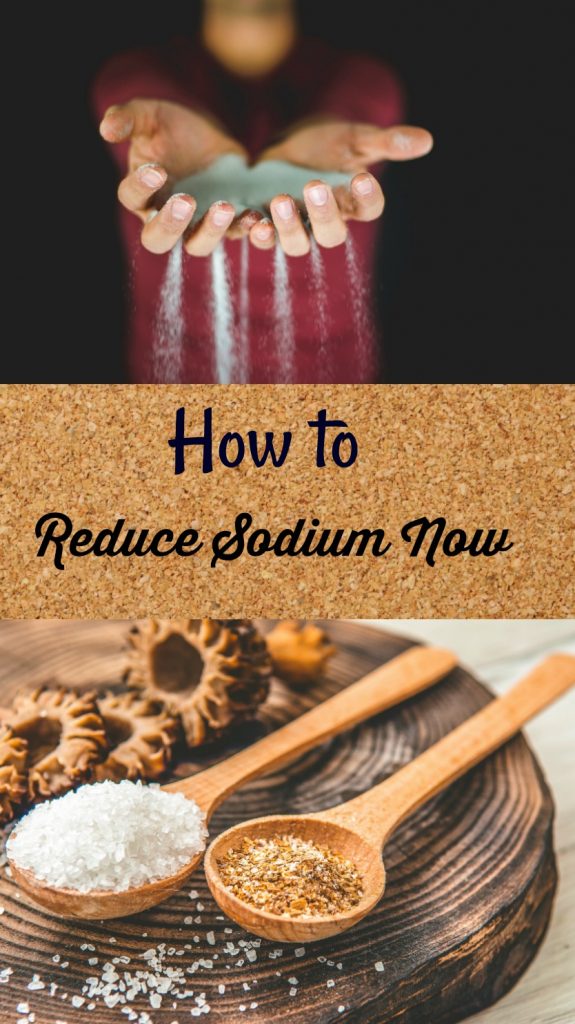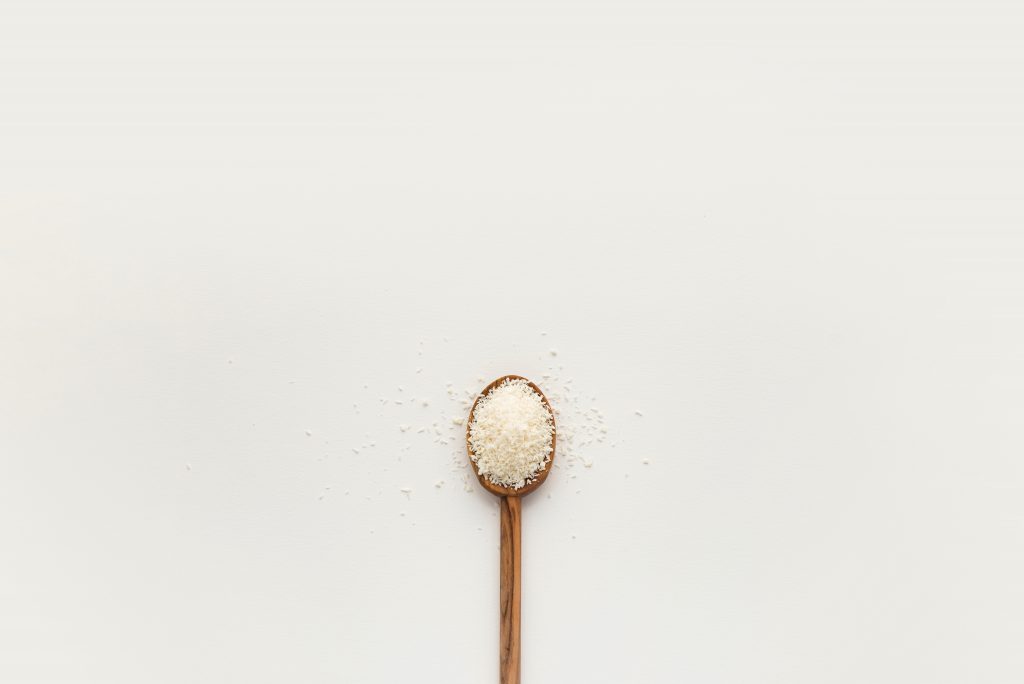
How to Reduce Sodium in Your Diet Now
For years I have been living on, and enjoying, a restricted sodium diet. Those of you who have been reading Thrifty Mommas Tips for years now know that I have a history of high blood pressure. I avoid hidden sodium and never add salt to food, which was a huge shift for me. I loved salt. However, I really don’t miss it. It’s possible to reduce sodium now to create better health outcome.
Sodium can cause your body to retain excess water, which can put extra strain on your heart and increase your blood pressure. Many foods we eat that are high in sodium are also high in fat, such as fast food, potato chips and French fries. Cutting down on these foods can not only reduce sodium intake but also fat intake, which can lead to weight loss and better heart health.

Table of Contents
A Bit About the Sodium Studies:
A sodium study, done by researchers from the University of California, San Francisco, Stanford University Medical Center and Columbia University Medical Center, found cutting back on sodium by as little as half a teaspoon could result in 92,000 fewer deaths and 100,000 fewer heart attacks every year.
The researchers estimated that if Americans were to reduce their daily salt intake by three grams a day, or about half a teaspoon (equal to about 1,200 mg of sodium), there would be 11 percent less heart disease, 13 percent fewer heart attacks, eight percent fewer strokes, and four percent fewer deaths. This would also offer benefits on par with people quitting smoking, saving Americans about $24 billion in health care costs.
The impact of a high sodium diet continues to be studied. I recently read a study that also stated if your sodium is too low then you might have higher rate of cognitive decline when aging. But The American Heart Association indicates it’s highly unlikely to take in too little sodium based on our current diets in North America. However there are recommended levels of sodium in the US and Canada. So what are they?
Recommended levels of dietary sodium:
Canada
In Canada the recommended level of daily sodium is 1000 to 1500 mg if you are between the ages of 1 to 3 years old. Ages 4 to 8 should not exceed 1400 to 1900 mg a day. From 9 to 50 1500 mg of sodium is the maximum level you should be consuming daily. And over 50 that level declines again. Read more about that on the Canada Health and Government site.
USA
The American Heart Association recommends no more than 2,300 milligrams (mg) a day and is moving toward no more than 1,500 mg per day for most adults. (which is closer to what Canada recommends.)
Top Sources of Sodium
According to the American Heart Association, cheese, seafood, olives and some legumes contain sodium naturally, but most sodium is added to food when it is processed. Some of the processed foods with the most sodium include canned sauces, soups and vegetables; pickles; and processed cheeses and meats. As part of my journey here I have had to swear off of packaged soups almost entirely. The only soups I generally am able to eat now are the ones I make myself. And I never add salt to homemade foods.
That said, only a portion of the sodium you consume comes from a salt shaker. Most of it is from pre packaged and processed foods. That frozen lasagna that is super convenient is likely extremely high in sodium and in fact one serving can have almost an entire day’s worth of recommended sodium in it.
FYI if you search my recipes here you will find a few low sodium recipes like this one – Fireside Pie.
How to Consume Less Salt
Trust me when I tell you this may be an adjustment at first but it is worth it and you get used to food without salt. In fact, to reduce sodium in your diet you need to be disciplined. But, once it has vanished or been restricted you will realize sodium and salt are lazy spices and additives. They don’t need to overtake every recipe.
And yes there are healthy levels of sodium and it would be virtually impossible to eliminate all sodium. But in my opinion it is added to way too much food and not necessary.
Reduce sodium intake by modifying your diet in simple ways.
In my twenties and thirties I added salt to everything. It was my Go to spice. I loved the way it tasted and it seemed to make me drink more water so that was a bonus, or so I thought. Then in my forties my low blood pressure began escalating into the high zone. My mother also had high blood pressure in her forties and I was concerned.
Three or four times in a row I had a high blood pressure reading. My doctor was legitimately worried and seeing that the cycle actually because worse. I got stressed at going to the doctor to get the blood pressure reading taken and despite limiting salt and boosting exercise at home the readings in his office only got worse.
I need to change my habits dramatically to manage the growing issue. So I did. You can too, but please remember this is not medical advice. Always follow your doctor’s recommendations.
Limit Processed Foods or Eliminate Them
Reduce the amount of processed foods you buy, or at least choose less processed ones. For example, if you usually by canned tomato sauce, choose a low-sodium variety of sauce or simply use canned tomatoes with less salt.
READ THE LABELS
Some foods that we tend to eat a lot of, such as bread and cereal, contribute quite a bit of sodium to our diets. By reading labels, you can avoid these sources of ” hidden salt ” and reduce your sodium intake without even noticing.
Do not Assume Healthy Scrawled on the Package is True
Don’t believe it is healthy just because it says so on the package. READ all the details on the label.
Here’s a true story. I often get shipments of food products here and healthy living is a topic I write about a lot. One day I received a brand new snack food for families being marketed as HEALTHY. My daughter and I opened it without reading the label. I had hoped I could share the brand here as one we enjoyed. Teens and snack foods go together because teens have gigantic appetites during growth spurts especially. However, when my teen had eaten maybe two bites, she looked looked at me and said: “MOM this is too salty.” If my teen noticed that, then it’s WAY too salty. Lesson learned. We read the label together, my jaw fell open at the astronomical level of sodium in a serving – over 900 mgs – and then we had to remove that product from our home. NOT necessary and certainly not healthy.
No Salt at the Table
Add less or no salt at the table. It can take time for your taste buds to adjust to less salty food, but it will happen. In the meantime, liberally use flavorful spices and other salt free seasonings so your food is satisfying and tasty, not plain. Experiment, and you will discover how rich other spices can be.
FRESH is best
Choose fresh fruits and vegetables more often. By doing this, you’ll fill up on healthy foods with no sodium. Plus, you’ll get extra fiber, vitamins and minerals. Potassium, in particular, can help reduce the effects of sodium on blood pressure.
Water
Whenever I am trying to overcome something I reach for more water. Changing habits can be hard, but water is always a positive thing to reach for so no harm done when upping your water intake or replacing a bad habit with water consumption.
Reduce Sodium for Your Health
Reducing the sodium in your diet doesn’t have to be a tasteless journey. By doing it gradually, filling up on fresh fruits and vegetables, and adding flavorful herbs and spices to your food, you can improve your health while enjoying your new diet.







6 Comments
kathy downey
Great article,we are watching our salt intake since last Winter and I was so shocked to see the sodium content in most products.
Paula
Thanks Kathy! I do too.
Jaclyn Anne
Thank you for sharing these tips for cutting sodium! My husband has high blood pressure and I would love to be able to help him change his diet for the better!
Kathleen Bailey
These are great tips. I’m bad for adding seasoned salt to our cooking. We’ve gotten used to it so I need to find a way to keep the flavour without adding the salt. I buy 50% less salt bacon and gravy but that doesn’t help if we add seasoned salt.
Nancy Johnson Horn
These are great tips! It can be difficult, but it’s important to watch salt intake!
Allie F
This a useful post! We all consume too much sodium!